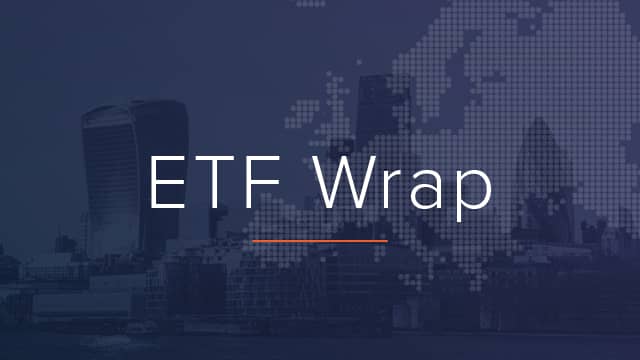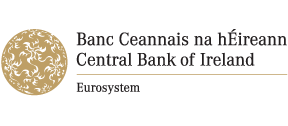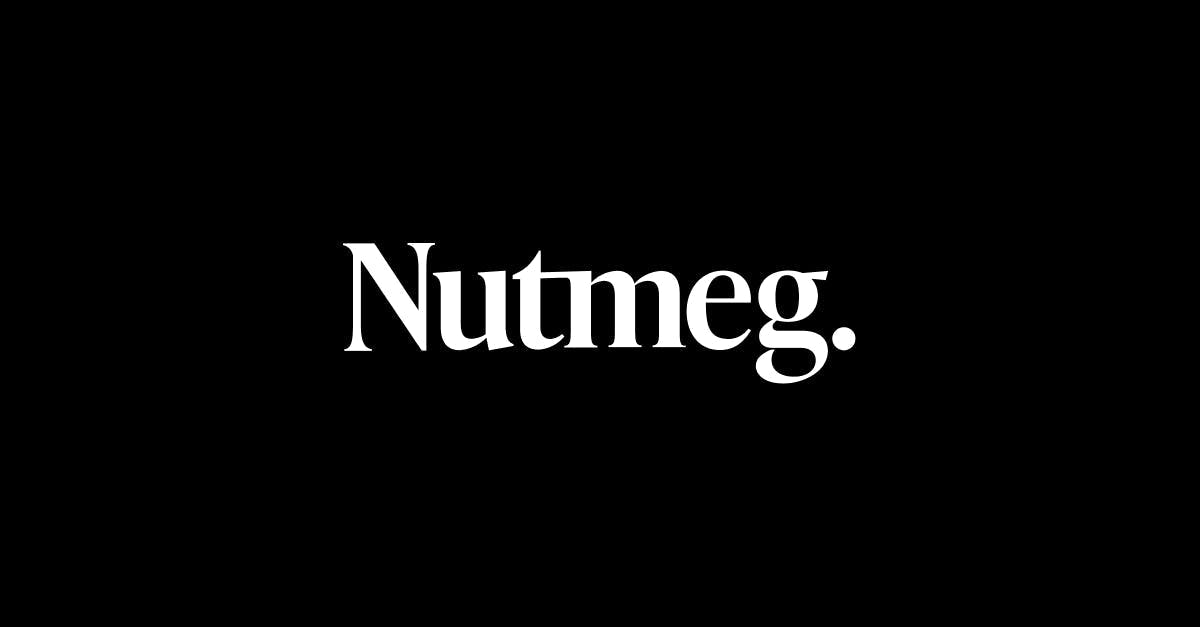Across three days of insights from around 65 professional investors, analysts, regulators and ETF issuers, here are just a few key takeaways from ETF Stream’s flagship European Ecosystem Unwrapped event.
Pulling no punches, Robin Wigglesworth, Alphaville editor for the Financial Times, reflected on the ‘passive attack’ over the past few decades and how ETFs have gone on to “conquer the financial world”.
Wigglesworth warned while ETFs are a positive innovation, finance has a habit of taking a good thing too far and said some product launches represent “crap out the door”.
"Democratising subpar, expensive investment strategies in the guise of ETFs I think is dangerous, and something I am worried about," he added.
Athanasios Psarofagis, ETF analyst at Bloomberg Intelligence, then looked at myths within the industry and told attendees the phrases ‘passive’ or ‘rules-based’ investments give investors a false sense of just how unthinking the underlying exposures captured by ETFs are.
Instead, he suggested there is far more discretion at play – and index methodology involves several judgement calls.
Psarofagis commented: "Anyone who thinks that indexing is synonymous with passive should read through a methodology document and see how much is actually in there and how many inputs and active decisions go into it."
Revisiting the much-covered subject of fragmentation in the European market, Keshava Shastry, managing director and head of capital markets at DWS, said "We need regulatory assistance to bring in a consolidated tape."
Comparing Europe to the US, he said on this side of the pond there are more than 600 venues for trading, while in the US there are fewer than 50.
Also, up to 20% of the US ETF market is global clients outside the US, meaning there is a potential trillion-dollar market that could be captured by European venues and products.
Without being sure of who would run the consolidated tape, Shastry believes it should initially be operated by a single provider.
While examining the doubling of ETF savings plans used by German retail investors between 2019 and 2021, James McManus, CIO at Nutmeg, said the predominantly institutional European ETF industry still does not understand retail participants.
"There is an assumption that every person in society wants to engage in investment management. People really require solutions to meet their goals, and people have thought very differently in the post-COVID period," McManus argued.
"ETFs are not actually that easy to understand, especially for an everyday retail investor."
Closing the second day of the event, Catharine Dwyer, senior policy adviser at the Central Bank of Ireland, said ETFs have continued to innovate over the last few years while showing resilience during market disruption.
From a regulator standpoint, her team has been looking at the robustness of the structure and making sure prices remain related to net asset value (NAV).
She said: "The concern is to look at product rules: do they support the needs of those liquidity providers, and in relation to the product itself?
“We need to ensure there is sufficient confidence in that liquidity provision. It needs to be capable of withstanding stress events."
On product innovation, she continued: "There is a balance to be struck between increased retail participation without inhibiting the next product or strategy.
“Innovation is always welcome but the risk of investor detriment must be limited. This is in the regulatory DNA."
ETF Wrap is a weekly digest of the top stories on ETF Stream
Related articles







